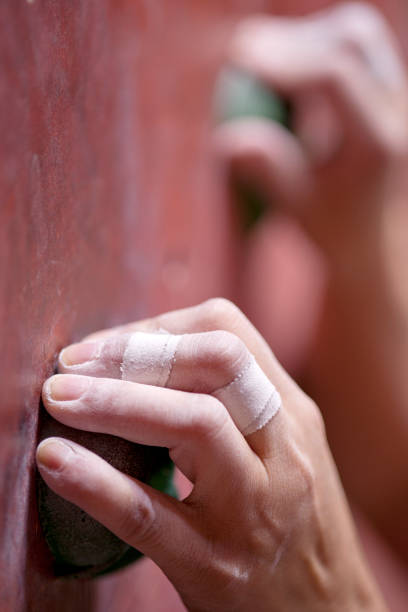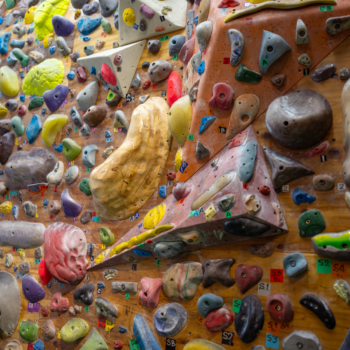The Essential Role of Climbing Tape in a Climber’s Toolkit
Why Do Climbers Use Climbing Tape?
Climbers are known for their resilience, strength, and technique. Yet, even the most skilled climbers rely on various tools and equipment to enhance their performance and ensure safety on the wall. One such indispensable tool is climbing tape. Often seen wrapped around fingers, hands, and sometimes even feet, tape serves multiple crucial purposes that go beyond mere protection.
1. Protection Against Injuries
One of the primary reasons climbers use tape is to protect their skin and joints from injury. Climbing is a physically demanding sport that places significant stress on the hands, particularly the fingers. The repetitive nature of gripping holds, especially sharp or rough ones, can lead to cuts, blisters, and abrasions. Taping provides a protective barrier that reduces friction and the risk of these injuries.
Common Injury are Flappers: these are skin wounds, like an open blister, that involve a piece of hanging skin to be left on your hands. Normally for climbers, this is found at the top of their palms just below the fingers.
Additionally, the fingers are subjected to immense pressure during activities like crimping, where the pads of the fingers bear most of the body’s weight. This can lead to strains, tendon issues, or even pulley injuries in the fingers. By wrapping tape around their fingers, climbers can help stabilize the joints, reducing the likelihood of these injuries.
2. Reinforcing Weak Spots
Injuries are common in climbing, and climbers often need to train or climb despite minor injuries. Tape can be used to reinforce weak spots, such as a strained pulley or a sore joint, allowing the climber to continue their activity with added support. For instance, a climber with a partially healed finger injury might tape it up to avoid re-aggravating the injury while still engaging in the sport.
3. Enhancing Grip and Friction
Another significant advantage of climbing tape is its ability to improve grip. Sweaty or oily skin can make it difficult to maintain a solid grip on holds, particularly on slopers or other challenging surfaces. Climbing tape, especially when applied to areas like the tips of the fingers or the palm, can increase friction, giving the climber better control and confidence in their grip.
Moreover, some climbers prefer the feel of tape on certain holds. For example, during crack climbing, where the hands are jammed into cracks in the rock, tape can help create a more comfortable and secure grip while preventing skin from being torn.

Taping Techniques: How do Climbers Use Climbing Tape?
How do climbers tape their fingers? Different types of taping techniques are used depending on the needs of the climber. For finger protection, climbers might use the ring method, X-taping or H-taping, which provides support to the tendons while still allowing flexibility.
When using tape on your fingers, it’s essential to balance protection with mobility. Taping too tightly can restrict blood flow and movement, while too loose a wrap might not provide the necessary support. Climbers should practice their taping techniques to find the right balance.
Check out this video by Climbing Techniques that provides a guide for climbers on how to tape their fingers using the different taping methods.
Should climbers always use climbing tape?
For many, using tape strategically rather than routinely is the best approach to maintaining both safety and performance. Climbers should use tape to prevent pully injuries, support tendons, and protect minor injurires (like flappers).
Climbers don’t need to always use climbing tape, just when they need to have it for the aforementioned reasons. For example, your finger feels a slight pain [not serious] and you want to tape it to prevent injury. This would be the appropriate time to use tape.
Important Note: If you have a serious injury, tape will not solve the problem. Please seek professional care and rest appropriately.





